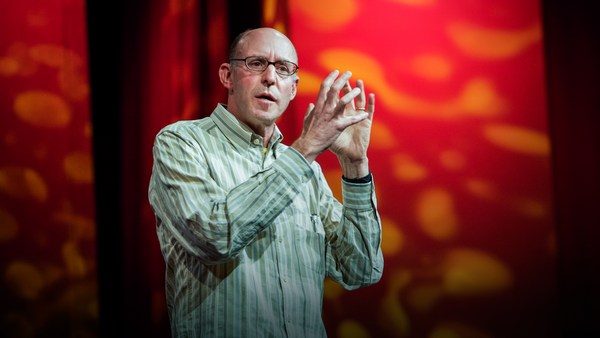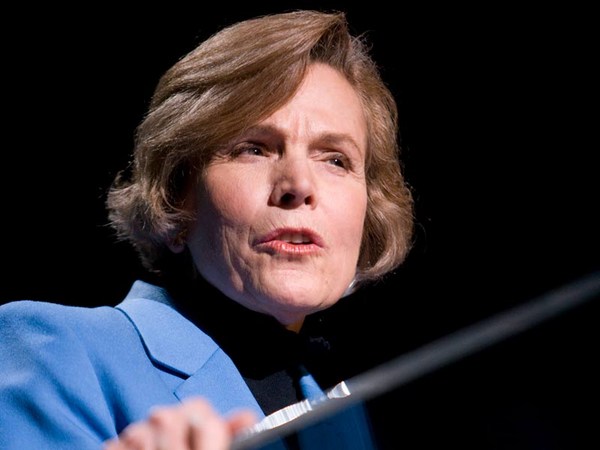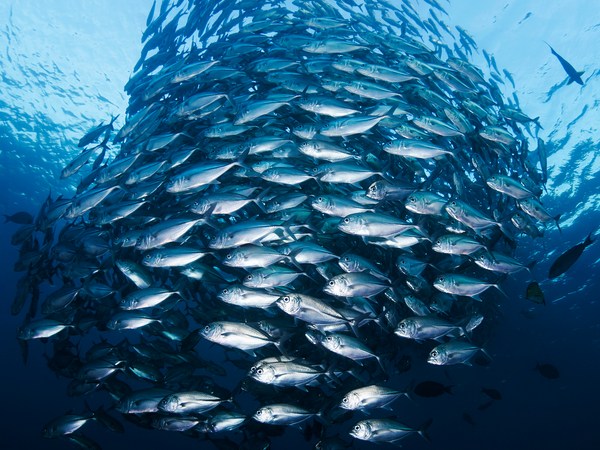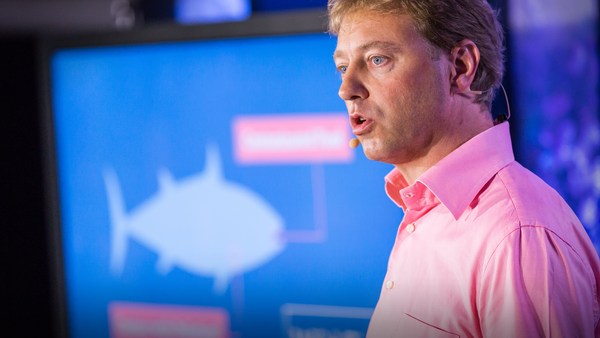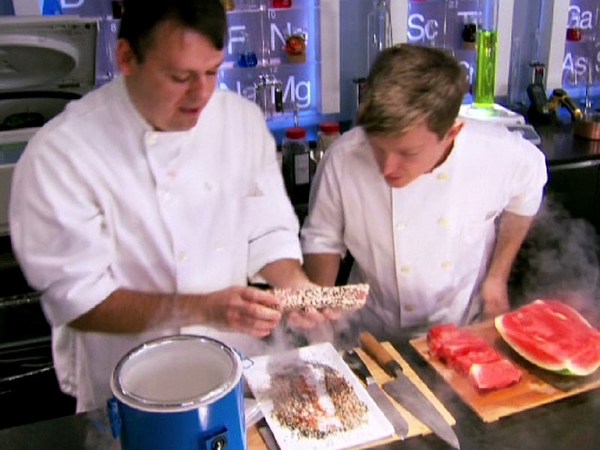Sustainability represents the what, the where and the how of what is caught. The who and the why are what's important to me. I want to know the people behind my dinner choices. I want to know how I impact them. I want to know how they impact me. I want to know why they fish. I want to know how they rely on the water's bounty for their living. Understanding all of this enables us to shift our perception of seafood away from a commodity to an opportunity to restore our ecosystem. It allows for us to celebrate the seafood that we're also so fortunate to eat.
So what do we call this? I think we call it restorative seafood. Where sustainability is the capacity to endure and maintain, restorative is the ability to replenish and progress. Restorative seafood allows for an evolving and dynamic system and acknowledges our relationship with the ocean as a resource, suggesting that we engage to replenish the ocean and to encourage its resiliency. It is a more hopeful, it is a more human, and is a more useful way of understanding our environment.
Wallet guides -- standard issue by lots in the marine conservation world -- are very handy; they're a wonderful tool. Green, yellow and red lists [of] seafood species. The association is very easy: buy green, don't buy red, think twice about yellow. But in my mind, it's really not enough to just eat green list. We can't sustain this without the measure of our success really changing the fate of the species in the yellow and the red. But what if we eat only in the green list? You've got pole-caught yellowfin tuna here -- comes from sustainable stocks. Pole caught -- no bycatch. Great for fishermen. Lots of money. Supporting local economies. But it's a lion of the sea. It's a top predator.
What's the context of this meal? Am I sitting down in a steakhouse to a 16-ounce portion of this? Do I do this three times a week? I might still be in the green list, but I'm not doing myself, or you, or the oceans any favors. The point is that we have to have a context, a gauge for our actions in all this. Example: I've heard that red wine is great for my health -- antioxidants and minerals -- heart healthy. That's great! I love red wine! I'm going to drink so much of it. I'm going to be so healthy. Well, how many bottles is it before you tell me that I have a problem? Well folks, we have a protein problem. We have lost this sensibility when it regards our food, and we are paying a cost. The problem is we are hiding that cost beneath the waves. We are hiding that cost behind the social acceptance of expanding waistlines. And we are hiding that cost behind monster profits.
So the first thing about this idea of restorative seafood is that it really takes into account our needs. Restorative seafood might best be represented not by Jaws, or by Flipper, or the Gordon's fisherman, but rather, by the Jolly Green Giant. Vegetables: they might yet save the oceans. Sylvia likes to say that blue is the new green. Well I'd like to respectfully submit that broccoli green might then be the new blue. We must continue to eat the best seafood possible, if at all. But we also must eat it with a ton of vegetables. The best part about restorative seafood though is that it comes on the half-shell with a bottle of Tabasco and lemon wedges. It comes in a five-ounce portion of tilapia breaded with Dijon mustard and crispy, broiled breadcrumbs and a steaming pile of pecan quinoa pilaf with crunchy, grilled broccoli so soft and sweet and charred and smoky on the outside with just a hint of chili flake. Whooo! This is an easy sell. And the best part is all of those ingredients are available to every family at the neighborhood Walmart.
Jamie Oliver is campaigning to save America from the way we eat. Sylvia is campaigning to save the oceans from the way we eat. There's a pattern here. Forget nuclear holocaust; it's the fork that we have to worry about. We have ravaged our Earth and then used the food that we've sourced to handicap ourselves in more ways than one. So I think we have this whole eating thing wrong. And so I think it's time we change what we expect from our food. Sustainability is complicated but dinner is a reality that we all very much understand. So let's start there.
There's been a lot of movement recently in greening our food systems. Dan Barber and Alice Waters are leading passionately the green food Delicious Revolution. But green foods often represent a way for us to disregard the responsibility as eaters. Just because it comes from a green source doesn't mean we can treat it with disregard on the plate. We have eco-friendly shrimp. We can make them; we have that technology. But we can never have any eco-friendly all-you-can-eat shrimp buffet. It doesn't work. Heart-healthy dinner is a very important part of restorative seafood. While we try to manage declining marine populations, the media's recommending increased consumption of seafood. Studies say that tens of thousands of American grandmothers, grandfathers, mothers and fathers might be around for another birthday if we included more seafood. That's a reward I am not willing to pass up. But it's not all about the seafood. It's about the way that we look at our plates.
As a chef, I realize the easiest thing for me to do is reduce the portion sizes on my plate. A couple things happened. I made more money. People started buying appetizers and salads, because they knew they weren't going to fill up on the entrees alone. People spent more time engaging in their meals, engaging with each other over their meals. People got, in short, more of what they came there for even though they got less protein. They got more calories over the course of a diversified meal. They got healthier. I made more money. This is great. Environmental consideration was served with every plate, but it was served with a heaping mound of consideration for human interests at the same time.
One of the other things we did was begin to diversify the species that we served -- small silverfish, anchovies, mackerel, sardines were uncommon. Shellfish, mussels, oysters, clams, tilapia, char -- these were the common species. We were directing tastes towards more resilience, more restorative options. This is what we need to favor. This is what the green list says. But this is also how we can actually begin to restore our environment.
But what of those big predators, those fashionable species, that green list tuna that I was talking about earlier? Well, if you must, I have a recipe for you. It pretty much works with any big fish in the ocean, so here we go. Start with a 16-ounce portion of big fish. Get a knife. Cut it into four portions. Put it on four plates. Mound up those four plates with vegetables and then open up the very best bottle of Burgundy you have, light the candles and celebrate it. Celebrate the opportunity you have to eat this. Invite your friends and neighbors over and repeat once a year, maybe.
I expect a lot from food. I expect health and joy and family and community. I expect that producing ingredients, preparing dishes and eating meals is all part of the communion of human interests. I was lucky enough that my father was a fantastic cook. And he taught me very early on about the privilege that eating represents. I remember well the meals of my childhood. They were reasonable portions of protein served with copious quantities of vegetables and small amounts of starch, usually rice. This is still how I largely eat today. I get sick when I go to steakhouses. I get the meat sweats. It's like a hangover from protein. It's disgusting. But of all the dire news that you'll hear and that you have heard about the state of our oceans, I have the unfortunate burden of delivering to you possibly the very worst of it and that is this whole time your mother was right. Eat your vegetables. It's pretty straightforward.
So what are we looking for in a meal? Well for health, I'm looking for wholesome ingredients that are good for my body. For joy, I'm looking for butter and salt and sexy things that make things taste less like penance. For family, I'm looking for recipes that genuflect to my own personal histories. For community though, we start at the very beginning. There's no escaping the fact that everything we eat has a global impact. So try and learn as best you can what that impact is and then take the first step to minimize it. We've seen an image of our blue planet, our world bank. But it is more than just a repository of our resources; it's also the global geography of the communion we call dinner. So if we all take only what we need, then we can begin to share the rest, we can begin to celebrate, we can begin to restore. We need to savor vegetables. We need to savor smaller portions of seafood. And we need to save dinner.
Thank you.
(Applause)

